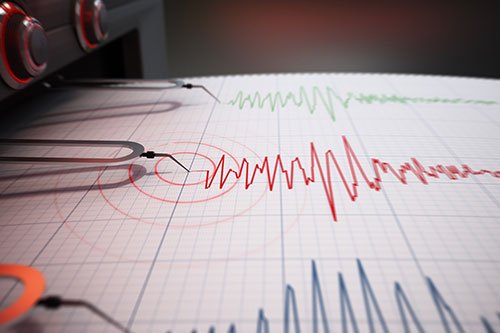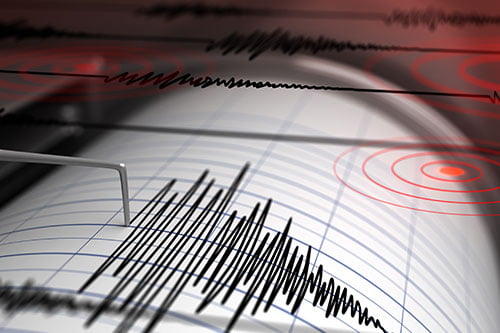When Should You Consider an Unrepeatered Solution?

Anders Ljung (top), Tony Frisch (middle) and Lynsey Thomas (bottom)
By Anders Ljung, Tony Frisch and Lynsey Thomas
July 22, 2019
With the increasing popularity of Space Division Multiplexing (SDM) on repeatered systems, and with new high fiber count transoceanic cables being contracted every month, it is worth reviewing how all this traffic is carried within regions. Traditionally a mixture of small repeatered systems, unrepeatered festoons and point to point links have been used, but how do we determine which design makes the most economic sense and over what distances should we opt for one solution over another?
Historically unrepeatered links have been used to connect transoceanic systems from one landing point to its neighbour, and potentially onwards in a festoon arrangement. Unrepeatered designs offer a low-cost solution and are often less complex than creating large and complex powered systems with many branches. Unrepeatered systems do away with the need for power feeding equipment, repeaters and line monitoring equipment and can therefore utilise a different [more cost effective] type of cable, making them attractive for parts of the world where resources are limited. But they have always been distance-limited, and that is the challenge facing cable and fiber manufacturers and system suppliers. For links around 250km we would expect to achieve around 18Tbps per fiber with standard fiber, and up to 24Tbps by using more specialist fiber with a larger effective area. This aligns unrepeatered systems of this length with the per fiber capacity capabilities of their transoceanic counterparts, but what happens when we stretch the distance, moving towards 350, 400 and 450km?
The graph below shows us that the number of 100G’s an unrepeatered system can carry declines exponentially after 350km. This has often been the gating factor for system builders who have then opted to install repeatered links for distances over 400km. We know that with the use of Remote Optically Pumped Amplifiers (ROPA) and powerful pre and post amplification we can make significant steps towards improving the capacity that can be carried – moving from a handful of 100G channels at 400km, to 80 x 100G with a ROPA, and well over 100 x 100G by adding specialist fiber to the mix. On top of this, the high fiber count offered by unrepeatered systems means they can now provide much larger per cable capacities over the 400 – 500km length range.
To continue reading the rest of this article, please read it in Issue 107 of the SubTel Forum magazine here on page 37.












